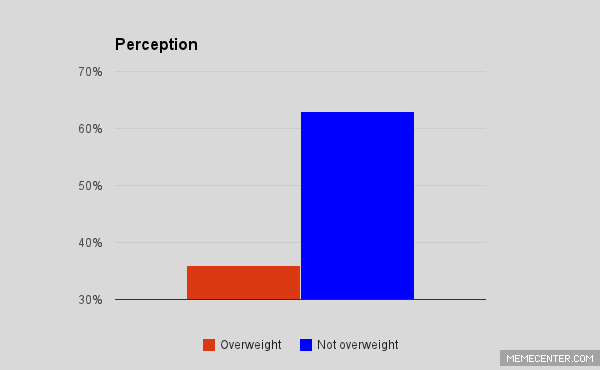NEW YORK—New Yorkers are fortunate to have clean, unfiltered water straight from the tap, unlike many other cities in the United States. Delivering our water is not an easy thing to manage. Before reaching the tap, a drop of water travels through a complex network of reservoirs, pipes, tunnels, and shafts that deliver water from over 100 miles away.
Over time, this complex system might deteriorate, threatening the water quality in the city. Currently, New York’s water supply is under threat of urban sprawl, hydro-fracking, and aging infrastructure, warn environmentalists.
The Department for Environmental Protection (DEP), which is responsible for supplying water to the citizens of New York, as well as for treating wastewater and keeping the harbor clean, is trying to counter threats to New York’s water supply.
On Feb. 9 the DEP published a four-year plan meant to guide the DEP’s efforts in this regard, ensuring New Yorkers continue to receive high quality water.
The DEP is supplying and distributing more than 1 billion gallons of water to 9 million New Yorkers every day, and treats 1.3 billion gallons of wastewater per day.
The plan lays out 100 initiatives and projects that are meant to transform the DEP to be “the safest, most effective, cost-efficient, and transparent water utility in the nation over the next four years and beyond,” as stated in the plan.
The initiative focuses on three areas: customer service, operations and capital, and sustainability. Among the initiatives in the plan are completing the installation of wireless meters; protecting the water supply from hydro-fracking; achieving $100 million in savings by implementing an Asset Management Program, and a 10-year capital program that prioritizes funding critical assets.
“This Plan is a great start,” said Paul Gallay executive director of Hudson Riverkeepers, a watchdog organization dedicated to defending the Hudson River and the drinking water supply for New York City and the Hudson Valley. “It pulls together a number of different initiatives designed to improve the quality of the water and increase the reliability of the delivery system, not to mention improvement of the way NYC proposes to treat waste water,” he said.
Among the initiatives in the programs Gallay highlighted were the allocation of resources to fix the leaking Delaware aqueduct; a commitment to complete a third water tunnel, which will provide flexibility in supplying water to the city; a commitment to prevent hydro-fracking and purchasing land around reservoirs and streams to provide buffers from improper development.
The city, said Gallay, should be more aggressive in certain issues, like treatment of wastewater and reaching out to communities in the watershed to provide them with sustainable economic opportunities.
“The city is on the right track,” said Gallay about the strategic plan, “but with input from groups like Riverkeepers and communities in the watershed, this should be the beginning of a consensus-building initiative, a commitment to really achieving the goals in the city’s plan.”
The strategic plan is not all new, remarked Matthew Frank, principal consultant of Aqueous Advisors, which provides financial consulting on water and energy issues. “Most of the stuff in the plan are initiatives that have already been going on,” he said, noting that only 10 to 20 initiatives in the plan are new.
But the plan will have an effect of improving the management at the DEP, he said, “Between seeing the goals written down concretely, and having software for tracking how they are doing on the goals, I think they should manage their current initiatives better,” stated Frank. “That is going to be the main improvement of having a plan.”
Over time, this complex system might deteriorate, threatening the water quality in the city. Currently, New York’s water supply is under threat of urban sprawl, hydro-fracking, and aging infrastructure, warn environmentalists.
The Department for Environmental Protection (DEP), which is responsible for supplying water to the citizens of New York, as well as for treating wastewater and keeping the harbor clean, is trying to counter threats to New York’s water supply.
On Feb. 9 the DEP published a four-year plan meant to guide the DEP’s efforts in this regard, ensuring New Yorkers continue to receive high quality water.
The DEP is supplying and distributing more than 1 billion gallons of water to 9 million New Yorkers every day, and treats 1.3 billion gallons of wastewater per day.
The plan lays out 100 initiatives and projects that are meant to transform the DEP to be “the safest, most effective, cost-efficient, and transparent water utility in the nation over the next four years and beyond,” as stated in the plan.
The initiative focuses on three areas: customer service, operations and capital, and sustainability. Among the initiatives in the plan are completing the installation of wireless meters; protecting the water supply from hydro-fracking; achieving $100 million in savings by implementing an Asset Management Program, and a 10-year capital program that prioritizes funding critical assets.
“This Plan is a great start,” said Paul Gallay executive director of Hudson Riverkeepers, a watchdog organization dedicated to defending the Hudson River and the drinking water supply for New York City and the Hudson Valley. “It pulls together a number of different initiatives designed to improve the quality of the water and increase the reliability of the delivery system, not to mention improvement of the way NYC proposes to treat waste water,” he said.
Among the initiatives in the programs Gallay highlighted were the allocation of resources to fix the leaking Delaware aqueduct; a commitment to complete a third water tunnel, which will provide flexibility in supplying water to the city; a commitment to prevent hydro-fracking and purchasing land around reservoirs and streams to provide buffers from improper development.
The city, said Gallay, should be more aggressive in certain issues, like treatment of wastewater and reaching out to communities in the watershed to provide them with sustainable economic opportunities.
“The city is on the right track,” said Gallay about the strategic plan, “but with input from groups like Riverkeepers and communities in the watershed, this should be the beginning of a consensus-building initiative, a commitment to really achieving the goals in the city’s plan.”
The strategic plan is not all new, remarked Matthew Frank, principal consultant of Aqueous Advisors, which provides financial consulting on water and energy issues. “Most of the stuff in the plan are initiatives that have already been going on,” he said, noting that only 10 to 20 initiatives in the plan are new.
But the plan will have an effect of improving the management at the DEP, he said, “Between seeing the goals written down concretely, and having software for tracking how they are doing on the goals, I think they should manage their current initiatives better,” stated Frank. “That is going to be the main improvement of having a plan.”



